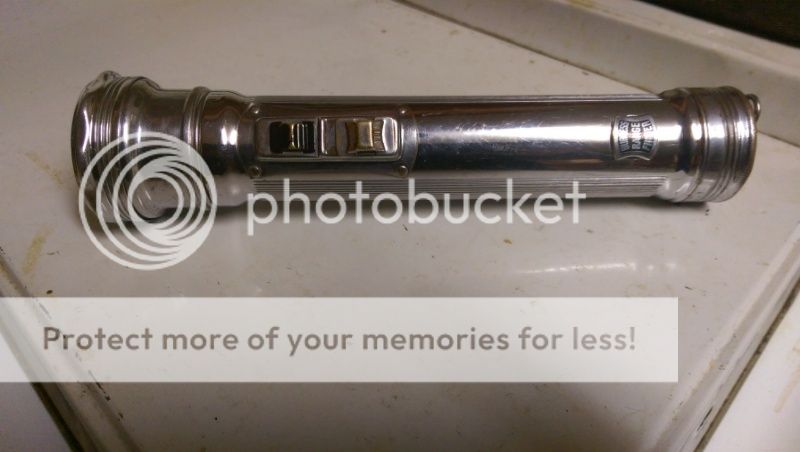Hello forum members,
Being fairly new to Candlepower forums I have a question about focusing flashlights. The old Mag lights with an incandescent bulb were flashlights that one could focus. I notice that Coast makes several focusing flashlights that have only 2 brightness settings. I also saw that Fenix came out with their FD41 which is a focusing flashlight.
I am wondering if there is something with led flashlights that makes it more difficult to design a focusing light, such as optics, characteristics of the led, or other factors. It seems that the high end lights are all fixed focus.
Just curious about how this works with the led lights.
Thanks.
Eric
Being fairly new to Candlepower forums I have a question about focusing flashlights. The old Mag lights with an incandescent bulb were flashlights that one could focus. I notice that Coast makes several focusing flashlights that have only 2 brightness settings. I also saw that Fenix came out with their FD41 which is a focusing flashlight.
I am wondering if there is something with led flashlights that makes it more difficult to design a focusing light, such as optics, characteristics of the led, or other factors. It seems that the high end lights are all fixed focus.
Just curious about how this works with the led lights.
Thanks.
Eric












